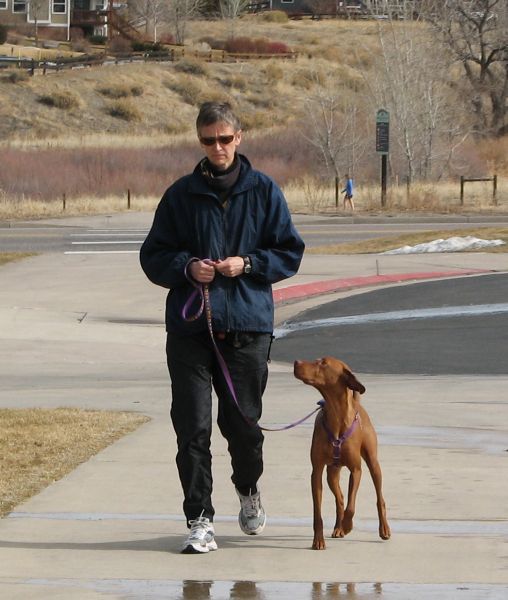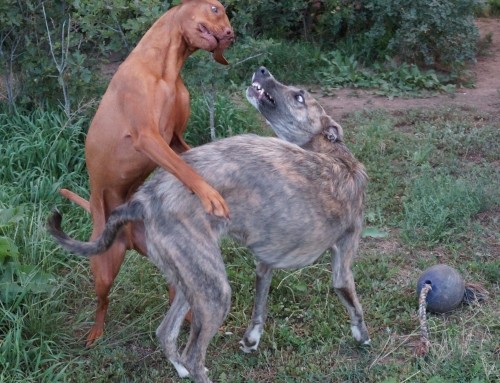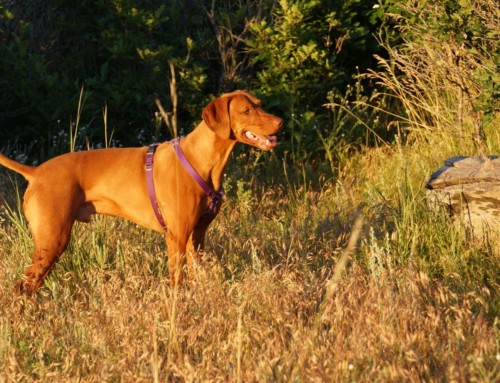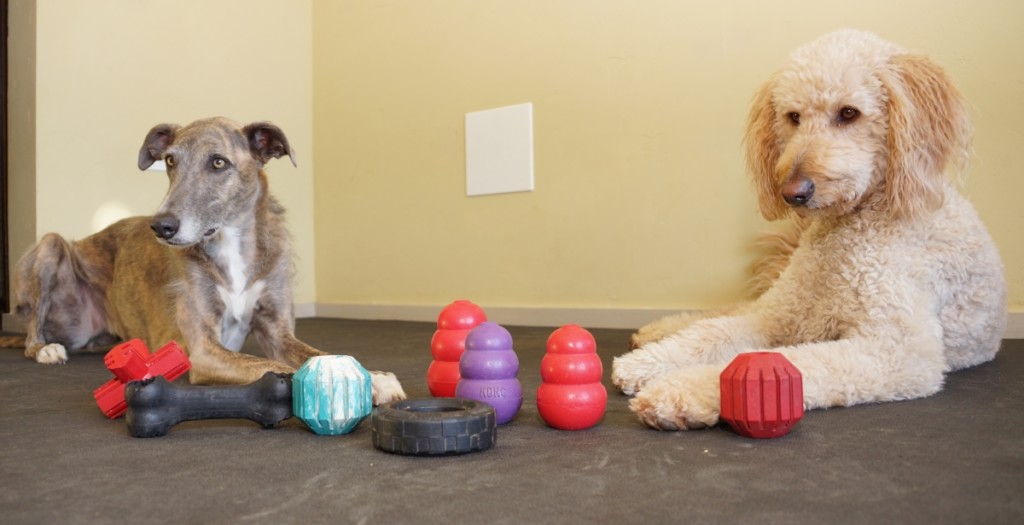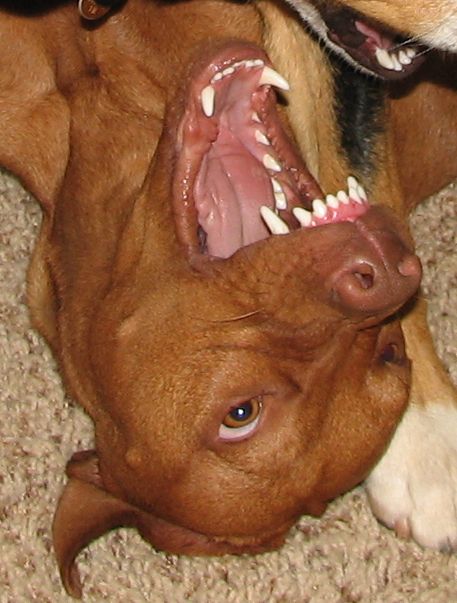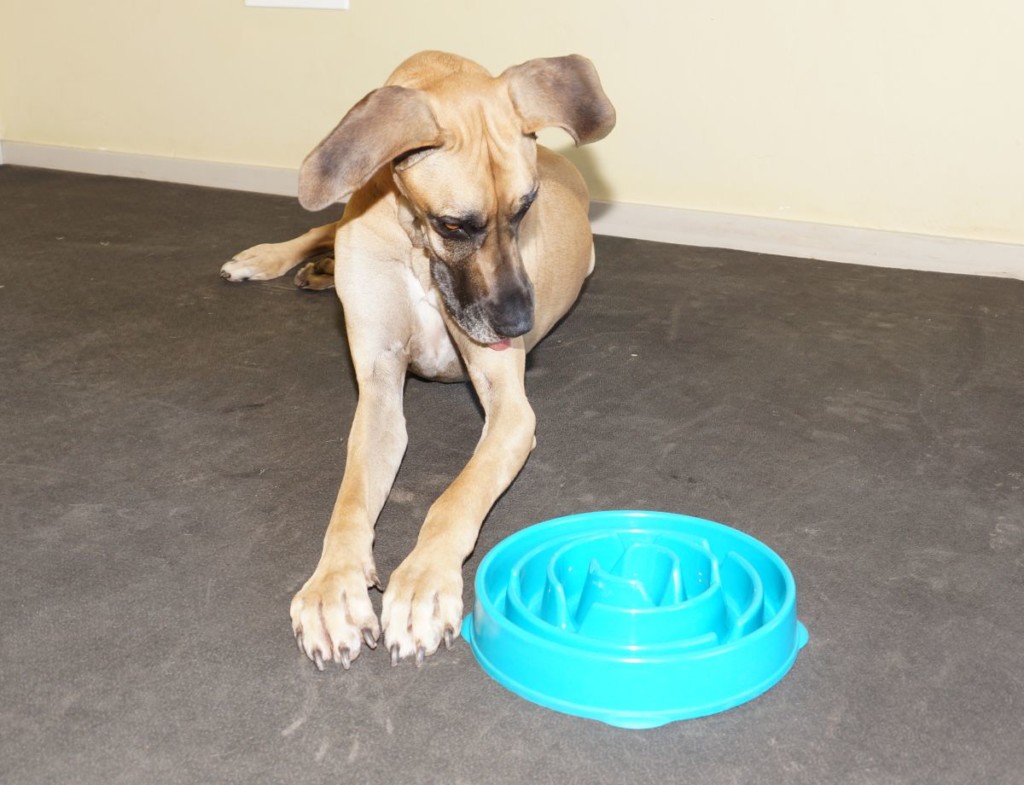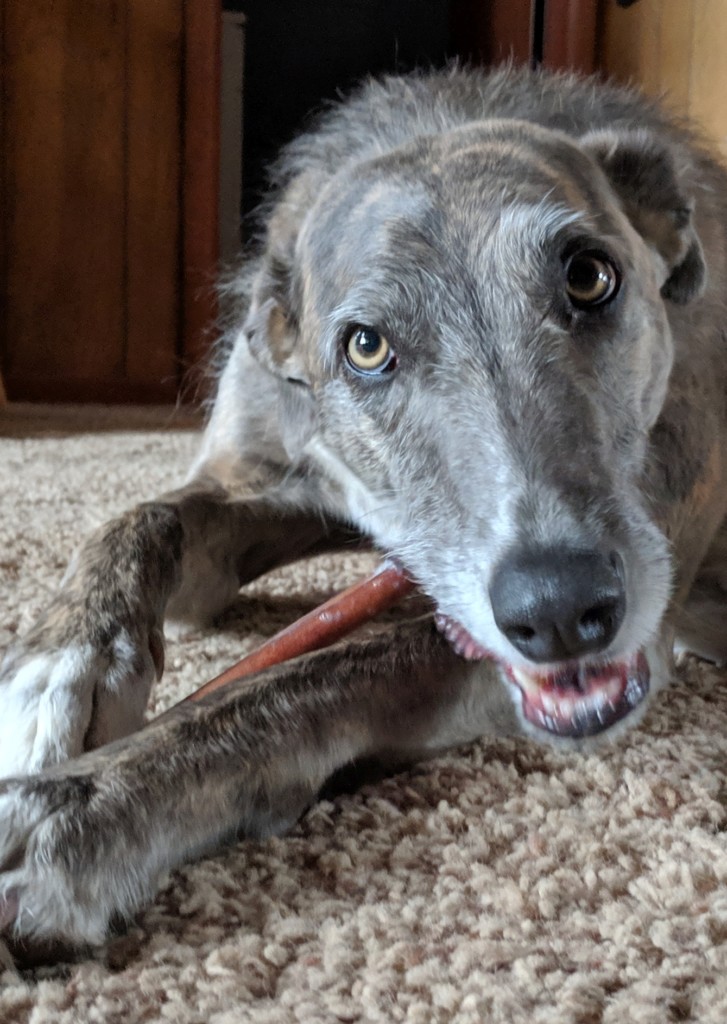DOG TRAINING OFFERED IN-PERSON AND ONLINEOur dog training services are delivered in almost any format that meets your needs. We have GROUP CLASSES at our indoor and outdoor facilities on our farm, ONLINE LIVE STREAMING classes, and SELF-PACED VIDEO-BASED training through our Online Dog Training Course. Our PRIVATE TRAININGS can be done in-home, outside, in public dog-friendly locations, at our facility on our farm, online via phone or video conferencing and through email. |
Many people think of walks as the main means of exercise for their dogs. But is a walk really the best form of exercise for our dogs? For some dogs, walks are great exercise. For some dogs, a walk really doesn't scratch the surface at burning off their energy. I don't think walks are the best form of exercise for most dogs, but they can be a great part of a well-rounded exercise plan.
Part of the answer to the question of whether a walk really is good exercise depends upon the length and the kind of walk you are taking. Many walks are pretty short, which really doesn't provide much physical exercise. Longer walks are better. But length or duration of the walk is only one part of the equation. The type of walk you take is also important.
How fast do you walk? A nice fast pace is often preferred by a lot of dogs. We humans are often far too slow for the pace most dogs would like to go, which often results in dogs who pull on their leashes. Pulling on leashes makes for an unpleasant walk for us, which sometimes leads to us walking less and our dogs pulling more. But that's a whole other issue entirely. We often find that a faster pace actually reduces frequent stops for many dogs. If you're able to run with your dog, that can be great exercise, but be careful to build up stamina gradually. Also be careful about the surface you are running on – pavement is hard on our dogs, not just on us.
How often does your dog get to stop and smell the roses? Ok, I realize it's not the roses they are smelling, but how often does your dog have opportunities to smell the fire hydrant, bushes, trees, sign posts, grass, etc.? While we don't want our dogs sniffing every step of the way, I think we do a disservice to our dogs if we don't allow any time to stop and sniff. It's not the kind of exercise we generally think of – the get-your-heart-pumping kind of physical exercise – but it is a form of mental exercise. Dogs have well-developed senses of smell, and the opportunity to use that in exploring their world actually is a good way to burn off some energy and stimulate their brains.
Does your dog get to meet others out on walks? The opportunity to greet other people or dogs, if your dog likes to do so, can be good mental exercise. Of course, we want to make sure we are practicing our polite greetings.
Practicing your training along the way can be good mental exercise as well. Practicing sits, downs, stays, waits, and comes can be good practice and help to burn off some mental energy. You might want to bring along some smelly treats so you can reward your dog for doing these things.
Another way to help burn off some energy is to add variety to our walking route. Take new routes. Explore new areas. Explore another neighborhood or head to a new park. Go for a hike. New places are good stimulation for our dogs – and for us too!
Many dogs are still full of energy when they return from a walk, but if you can take at least one daily walk that combines fast-paced walking, opportunities to sniff and explore, meeting new people and dogs (only the friendly ones, of course), incorporating some of your training, and exploring new areas, you will help burn off more of that endless supply of energy. Not all of it, but it's one piece of the exercise puzzle that is good for our dogs – and for us!
When you head out for your next walk, make it more mentally and physically stimulating for your dog and for you. You'll both burn off more energy and enjoy yourselves more. And perhaps you'll even start getting out for more walks!
Our goal is to positively impact the lives of as many dogs and their families as we can, in part through our extensive library of video, infographics and text articles. |

